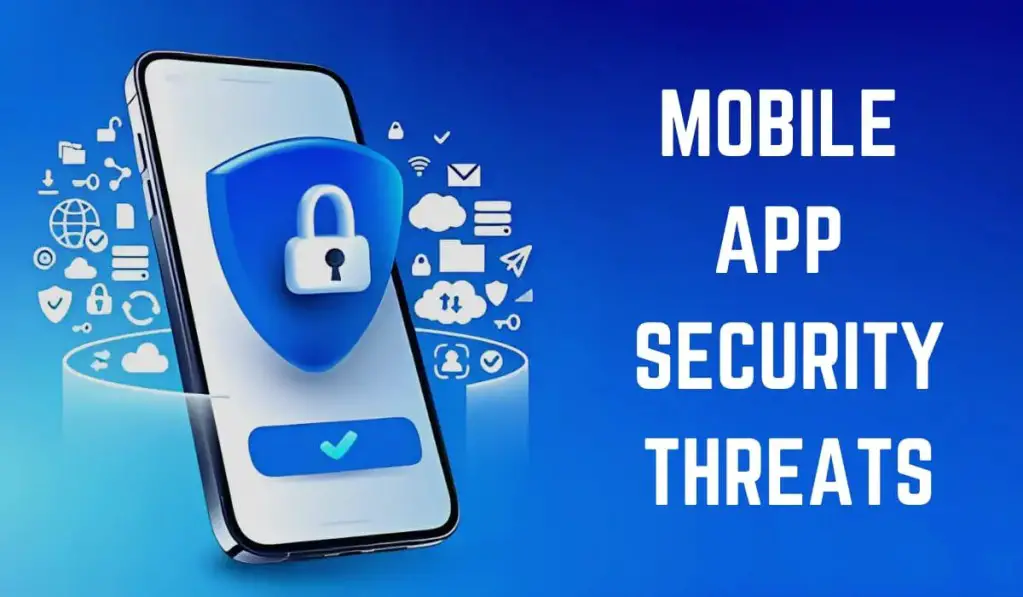The biggest hack in history occurred on December 13, 2013, when cybercriminals executed a sophisticated attack against Target Corporation, one of the largest retail chains in the United States. This breach compromised the personal and financial information of approximately 110 million customers. The attackers gained unauthorized access to Target’s network, exploiting vulnerabilities in the company’s point-of-sale systems. The breach involved the theft of credit and debit card data, as well as personal information such as names, addresses, and phone numbers. The fallout from the Target hack extended beyond financial losses, leading to a significant erosion of customer trust and a renewed focus on cybersecurity in the business world. The attackers utilized a malware variant known as “BlackPOS” to capture data from payment card transactions, highlighting the increasing sophistication of cyber threats. The incident underscored the vulnerability of large organizations to cyber attacks and prompted a reevaluation of cybersecurity measures across various industries. The Target hack remains a landmark event in the history of cybersecurity, serving as a cautionary tale about the potential consequences of lax security practices in the digital age.
In the ever-evolving landscape of technology, the battle between hackers and cybersecurity experts is a perpetual tug-of-war. As the digital realm expands, so does the ingenuity of those seeking to exploit vulnerabilities for personal gain or malicious intent. Throughout history, we have witnessed several high-profile hacks that have left a lasting impact on individuals, businesses, and even nations. In this article, we will delve into some of the biggest hacks in history, exploring the techniques employed, the aftermath, and the lessons learned.
1. The Morris Worm (1988):
Our journey begins in 1988 with the Morris Worm, a pioneering computer worm that marked one of the first instances of a large-scale cyberattack. Launched by Robert Tappan Morris, a Cornell University graduate student, the worm aimed to gauge the size of the internet. However, due to a flaw in its code, it ended up causing widespread disruption, infecting thousands of computers and significantly slowing down the internet. Morris was the first person to be convicted under the Computer Fraud and Abuse Act, highlighting the legal consequences of such actions.
2. Stuxnet (2010):
Fast forward to 2010, and a new era of cyber warfare emerged with the discovery of the Stuxnet worm. Widely considered one of the most sophisticated pieces of malware ever created, Stuxnet was designed to target Iran’s nuclear facilities. Its success in sabotaging Iran’s uranium enrichment centrifuges showcased the potential of cyber weapons in the realm of state-sponsored attacks. Stuxnet served as a wake-up call for nations worldwide, emphasizing the need for robust cybersecurity measures to protect critical infrastructure.
3. Target Data Breach (2013):
In 2013, the retail giant Target fell victim to a massive data breach that compromised the personal information of over 40 million customers. The attackers gained access to Target’s network through a third-party HVAC contractor, highlighting the interconnected nature of modern supply chains. This breach underscored the importance of securing not only a company’s internal systems but also the external entities with access to sensitive information.
4. Equifax Breach (2017):
The Equifax breach of 2017 ranks as one of the most significant incidents in the realm of data breaches. Hackers exploited a vulnerability in the company’s website software, gaining access to the personal information of 147 million Americans. The fallout from the breach included congressional hearings, numerous lawsuits, and a renewed focus on the importance of proactive cybersecurity measures. Equifax’s handling of the incident also raised questions about the accountability and transparency of organizations in the aftermath of a breach.
5. WannaCry Ransomware Attack (2017):
The WannaCry ransomware attack sent shockwaves across the globe in 2017, infecting hundreds of thousands of computers in over 150 countries. Exploiting a vulnerability in Microsoft’s Windows operating system, the ransomware encrypted users’ files and demanded payment in Bitcoin for their release. The attack highlighted the need for regular software updates and the potential catastrophic consequences of failing to patch known vulnerabilities. It also drew attention to the ethical considerations surrounding the development and use of cyber weapons.
6. SolarWinds Cyberattack (2020):
The SolarWinds cyberattack, discovered in late 2020, revealed the extent to which sophisticated actors could compromise the software supply chain to infiltrate government agencies and private companies. The attackers, believed to be state-sponsored, inserted a backdoor into the SolarWinds Orion software, which was widely used for network management. This allowed them to conduct a widespread espionage campaign, gaining unauthorized access to sensitive information. The incident prompted a reevaluation of supply chain security and raised concerns about the vulnerability of widely used software platforms.
7. Colonial Pipeline Ransomware Attack (2021):
The Colonial Pipeline ransomware attack in 2021 highlighted the potential real-world consequences of cyberattacks on critical infrastructure. A criminal group called DarkSide exploited a vulnerability in Colonial Pipeline’s IT systems, forcing the shutdown of the largest fuel pipeline in the United States. The incident led to fuel shortages, panic buying, and increased awareness of the vulnerabilities within critical infrastructure systems. It underscored the need for robust cybersecurity measures in industries that play a crucial role in national security and everyday life.
Conclusion
As we reflect on these significant hacks throughout history, it becomes clear that the digital landscape is fraught with challenges and vulnerabilities. The evolution of cyber threats demands a continuous commitment to innovation in cybersecurity practices. From the Morris Worm to the Colonial Pipeline ransomware attack, each incident has left an indelible mark on the way we perceive and approach cybersecurity. The lessons learned from these events underscore the importance of collaboration between governments, industries, and cybersecurity experts to develop resilient defense mechanisms. The dynamic nature of cyber threats requires a proactive and adaptive approach, including regular software updates, robust incident response plans, and a heightened awareness of the potential consequences of failing to address cybersecurity vulnerabilities. As we navigate the intricate web of technology, the stories of these major hacks serve as cautionary tales, urging us to remain vigilant in the face of an ever-evolving digital landscape. The future of cybersecurity relies on our ability to learn from the past, adapt to emerging threats, and collectively build a secure and resilient digital ecosystem.







Leave a Reply